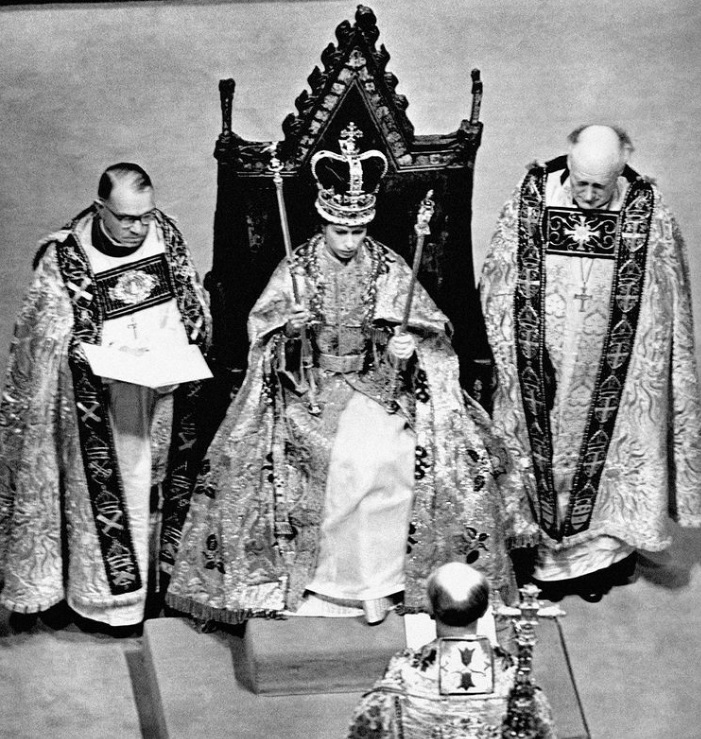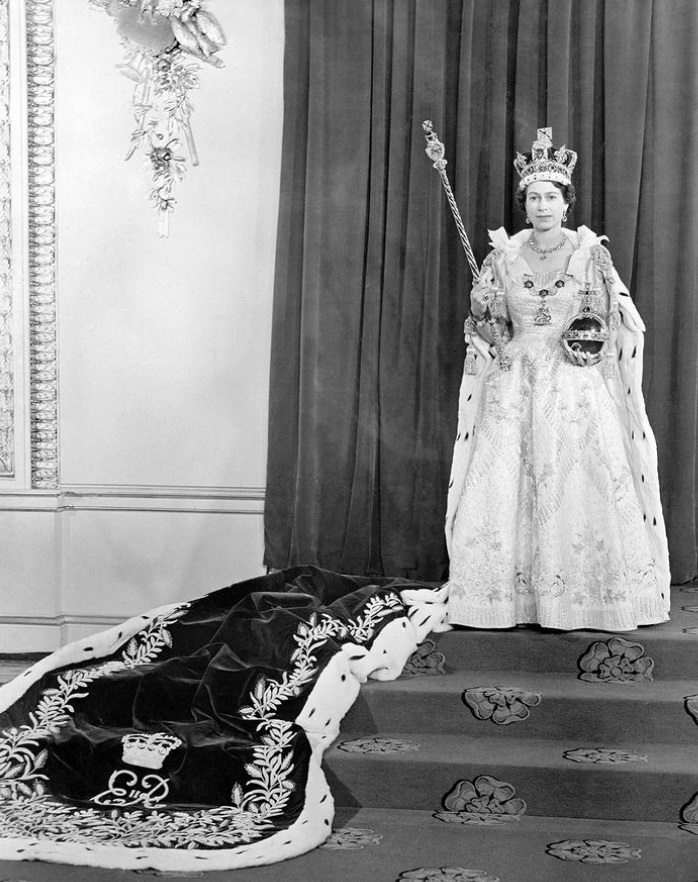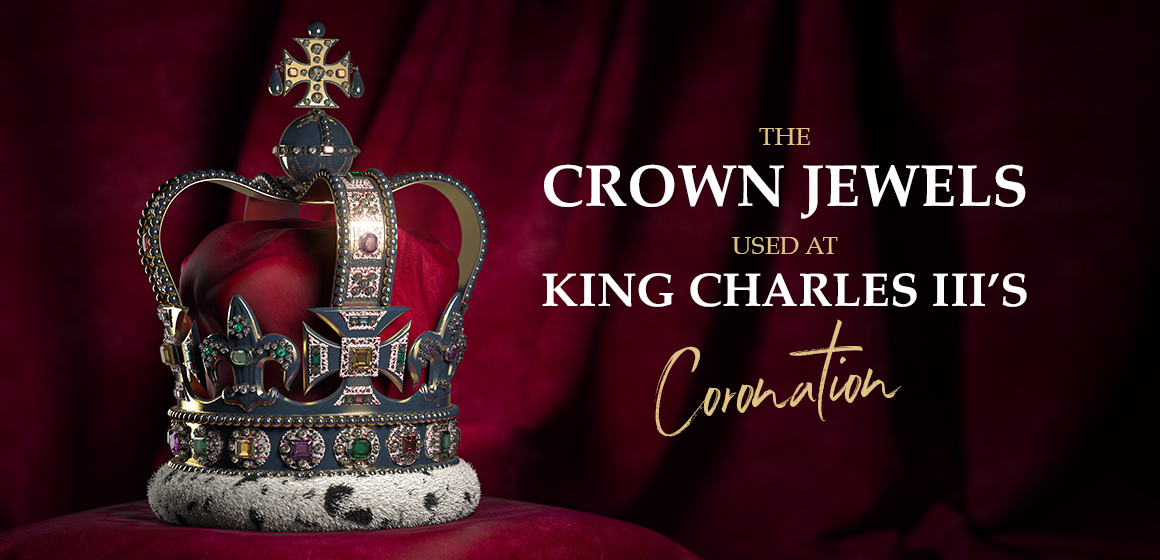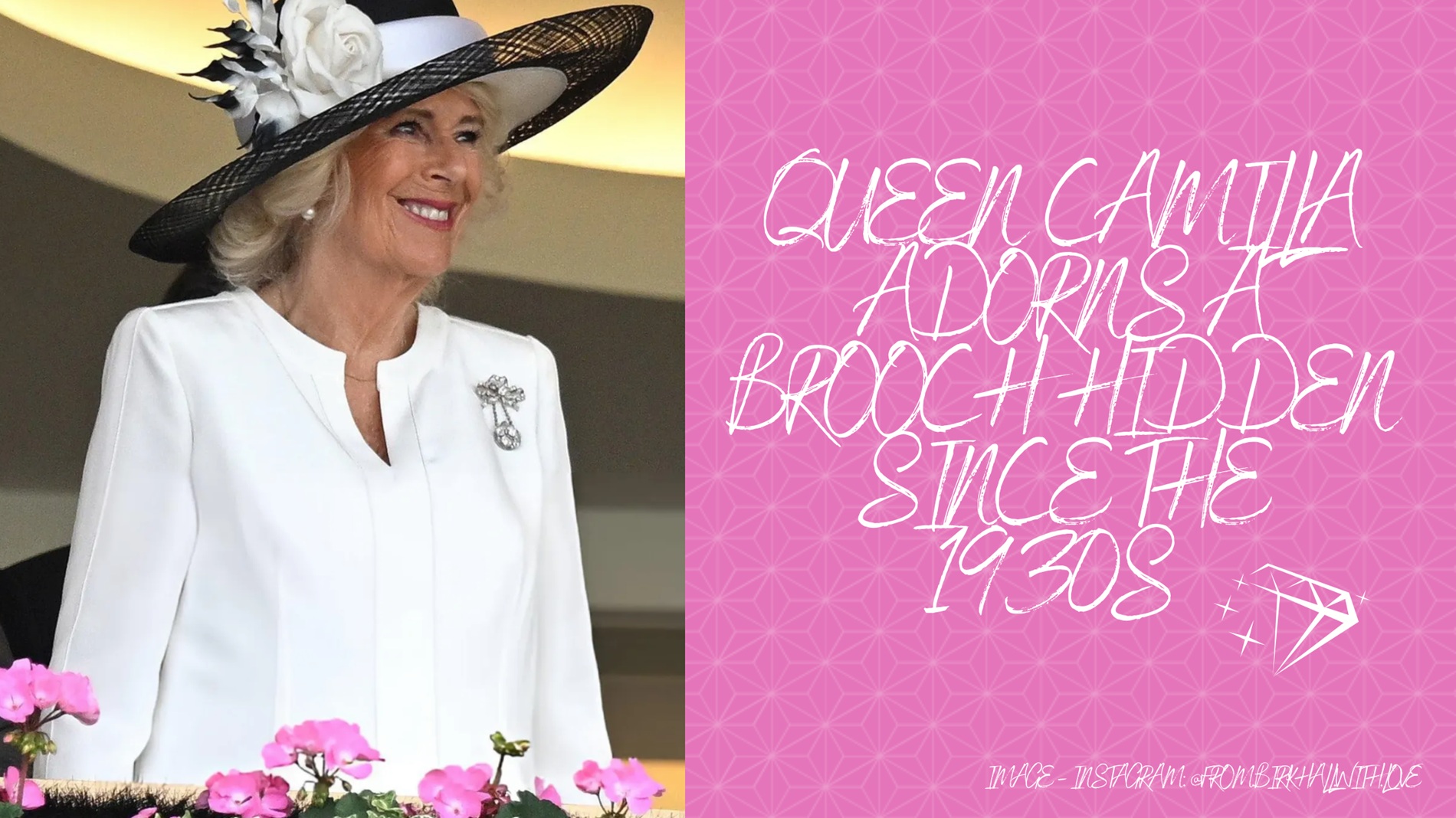From huge, flawless diamonds to magnificent rubies, sapphires, and pearls, Queen Elizabeth’s jewellery collection features some of the world’s most eye-catching jewels – though nothing compares to the Crown Jewels.
At the heart of the Crown Jewels collection are the Coronation Regalia: the sacred objects used during the coronation ceremony. These unique objects represent the powers and responsibilities of the monarch and were most recently used at the Coronation of Queen Elizabeth in 1953.
Prior to the coronation of King Charles III, jewellery experts at Steven Stone have taken a look into the Coronation Regalia and revealed everything you need to know.

The Coronation Regalia is comprised of a selection of the Crown Jewels – including the St Edward’s Crown, the Imperial State Crown, the Sovereign’s Sceptre with the cross, the Sovereign’s Sceptre with Dove, the Sovereign’s Orb, the Sovereign’s Ring, the Gold Ampulla, the Spurs and the Sword of Offering.
St. Edwards Crown
St. Edwards Crown was designed for Charles II in 1661 and has been a part of every coronation since. The crown is solid gold, 30 centimetres tall, weighs 2.23 kilograms (4.9 lb) and is decorated with 444 precious and semi-precious stones.
Monarchs didn’t wear the solid gold crown in coronation ceremonies for more than 200 years as it was too heavy.
The Imperial State Crown
Commissioned for King George VI’s coronation in 1937, the Imperial State Crown is the crown that the monarch wears as they leave Westminster Abbey after the coronation. It is also used on other State occasions including the annual State Opening of Parliament.
The gold, silver and platinum crown is decorated with 2,868 diamonds, 269 pearls, 17 sapphires and 11 emeralds. It weighs 1,060 grams and is 31.5 centimetres tall.
The second-largest stone cut from the Cullinan Diamond – the largest diamond ever mined – adorns the front.
Above the pear-shaped diamond is the amethyst surmounted by a cross pattée encrusted with an emerald and small diamonds.
The Imperial State Crown also contains St Edward’s Sapphire, said to be from the ring of King Edward the Confessor dating to 1066 – found when his coffin was moved from one part of Westminster Abbey to another shrine in the 12th century.
Sovereign’s Scepter with Cross
Representing the temporal power of the sovereign head of state, the Sovereign’s Scepter is one of two sceptres used in the coronation ceremony. It’s also known as the Sovereign’s sceptre with the cross.
Measuring 92 cm, the sceptre is adorned by a varity of gemstones and holds the world’s largest diamond, the Cullinan – estimated to be 530 carats, the Cullinan is worth a staggering £400,000,000 alone.
The gold rod is comprised of three sections, with the magnificent Cullinan stone atop, supported in an enamelled heart-shaped structure.
Sovereign’s Scepter with Dove
The Sovereign’s Sceptre with Dove is emblematic of their spiritual role. It is slightly longer, at 1.1 m (3.6 ft), but weighs about the same as the Sceptre with Cross.
The scepter is decorated with 285 gemstones – including 94 diamonds, 53 rubies, 10 emeralds, 4 sapphires and 3 spinel’s.
Circling the rod are bands of precious stones. At the top is a gold monde set with diamonds and topped by a plain cross, upon which sits a white enamelled dove with its wings outspread, representing the Holy Ghost.
The Scepter with Dove is the penultimate piece of regalia to be delivered. As the monarch holds both sceptres, they are crowned with St Edward’s Crown.
Sovereign’s Orb
The Sovereign’s Orb is a 30cm-wide hollow gold sphere, mounted with nine emeralds, 18 rubies, nine sapphires, 365 diamonds, 375 pearls, one amethyst and one glass stone. The pearls divide the orb into three sections – representing the three continents medieval rulers believed existed. The orb weighs 1.32 kg (roughly 43 oz).
During the coronation service, the Orb is placed in the right hand of the monarch as they are invested with the symbols of sovereignty. It is then placed on the altar before the moment of crowning.
The Sovereign’s Ring
The ring was presented to King William IV after his coronation in 1831 and has been worn by all monarchs, with the exception of Queen Victoria who didn’t wear it for her coronation in 1838 due to her short fingers.
In the centre is an octagonal sapphire overlaid with a cross made of rubies. Around the sapphire are 14 brilliant diamonds. The general design is intended to represent the red St George’s Cross (England) on the blue background of St Andrew’s Cross
The Gold Ampulla
The gold Ampulla is used to hold the consecrated oil with which a sovereign is anointed during the coronation ceremony. It is cast in the form of an eagle with outspread wings. The head of the eagle is threaded and removable, and there is an aperture in the beak for pouring the oil.
Oil from the Ampulla is poured onto the twelfth-century Anointing Spoon at the most sacred moment of the coronation – the 27-centimetre-long Coronation Spoon, which dates from the late 12th century, is silver-gilt and set with four pearls added in the 17th century.
The Spurs
Each of the gold spurs features a Tudor rose and a velvet-covered strap with gold embroidery.
Gold spurs were first included among the English coronation ornaments in 1189, at the coronation of Richard I (the Lionheart). They symbolised knighthood, and their use in the coronation ritual derives directly from the ceremony of creating a knight. These spurs were made in 1661 for Charles II but were altered in 1820 for George IV, when new textiles replaced the earlier buckles and straps.
The spurs form part of the coronation ceremony in which the sovereign is invested with the ornaments or symbols of royalty. Traditionally the spurs were fastened to the sovereign’s feet, but since the Restoration they have simply been held to the ankles of kings, or in the case of queens regnant, presented and then placed on the altar. After the investiture the sovereign is crowned.
The Sword of Offering
It is covered in 3,476 precious stones and the Damascus steel blade is decorated with the national flowers of England, Scotland and Ireland, roses, thistles and shamrocks.
The Sword of Offering is one of the symbolic items given to the monarch during their coronation.
“The Crown Jewels contain some of the most precious and famous jewels in the world – including the Coronation Regalia. Comprised of the sacred objects used during the coronation ceremony, we can expect to see the Coronation Regalia in the near future, during King Charle’s III’s coronation ceremony.
Each piece is extraordinary – from the Sovereign’s Scepter with Cross, which contains the £400 million Cullinan I diamond, to the Sovereign’s Ring, which features an octagonal sapphire, overlaid with four rectangular-cut and one square-cut ruby that form a cross.
Laced with history, it’s incredibly difficult to value the Coronation Regalia. I’d estimate it to be worth a staggering £3.5 billion.”
maxwell stone, creative director, steven stone

READ MORE: 25 of the Queen’s Most Valuable Brooches
READ MORE: Queen Elizabeth’s 12 Most Iconic Jewellery Moments
READ MORE: The beautiful story of the Queen’s engagement ring
READ MORE: The heart warming reason why Queen Elizabeth always wears a pearl necklace




